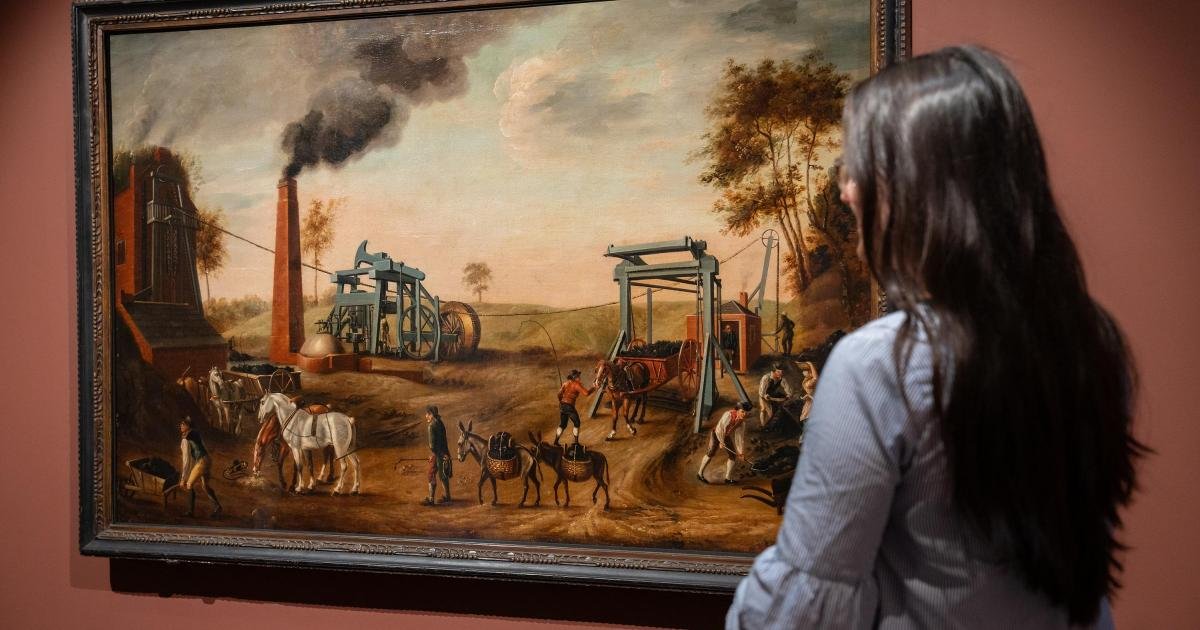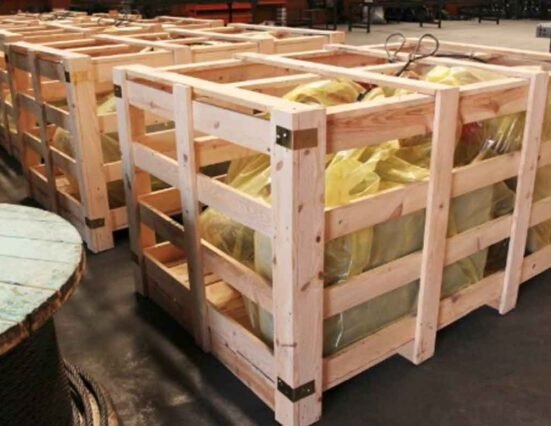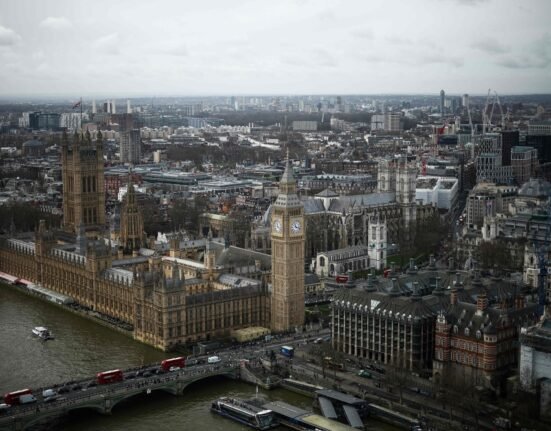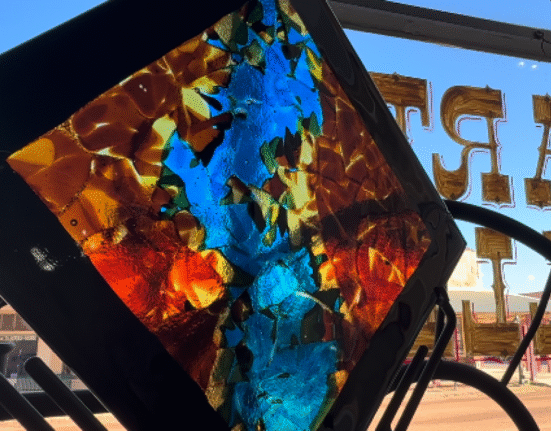The exhibition goes right back to the beginnings of the steam revolution at the end of the 18th Century, and includes works by artists like Tom McGuinness and Norman Cornish. It examines the chicken-and-egg relationship of coal and railways: without coal, there would be no steam-powered engines; without railways, there would be no deep mines in the Durham coalfield.
But among the most eye catching images in the exhibition, which coincides with the 200th anniversary of the Stockton & Darlington Railway, are the most recent from the end of the 20th Century.
Some of the early paintings depict happy miners wearing white shirts working alongside early steam engines and cheerfully balancing bags of coal on their heads, but Robert’s 1990s pictures are more gritty: they show a Class 56 diesel engine in the east coast sea fret and a train of coal waggons.
“I’m not an enthusiast but I like engines, even the diesels,” says Robert. “They are nice physical objects, pleasing things to look at – it may be a boy thing.
“I love the graphics on them, they are like moving artworks although that ended when British Rail was privatised.” He points to his Class 56 in the Sunderland sea fret. “This one’s got cooling towers on it for the power station, black diamonds to indicate coal and there’s even a plate to a rail worker who had been killed.”
Class 56s were the coal-shifting diesels of the 1960s to the 1980s, moving million tons from the east coast deep mines to the South Yorkshire power stations. They were continuously circulating, constantly moving, and so operated a “Merry Go Round” system.
“I always paint outside because it gives you veracity of experience,” says Robert, “and I kept watching these 34 waggons as they went past me at the beach, adding a bit from each one to the picture.”
Merry Go Round waggons, although anonymous to look at, have profound local significance. The first two prototypes were built at Darlington North Road in 1964; a further 160 were built at Ashford in Kent, but all the remainder were built at Shildon – that is 10,702 HAA waggons (top speed 45mph) and 460 HDA waggons (maximum 60mph) between 1965 and 1982.
The Shildon works employed 2,750 men and its closure in 1982 devastated the local economy. It is no exaggeration to say that these 32½ tonne capacity Merry Go Round waggons kept Shildon afloat for nearly 20 years and they are a crucial, if unglamorous, part of the coal/railway story.
“But now, if you had never known there was a mining industry, you would not be able to find any signs of mines – in Sunderland, where I live, they’re covered by the football stadium and the aquatic centre,” says Robert.
Yet on the walls of the Mining Art Gallery it is all still very much alive, as seen through the eyes of those who witnessed it from the earliest days of steampower right up to the takeover by the diesels.
L Fuelling the Railway Revolution opened yesterday in the gallery in Bishop Auckland Market Place. It runs until December. For more information, go to tickets.aucklandproject.org
Long picture caption:
A popular satirical image from about 1831 entitled “Effects of the Railroad on the Brute Creation”, following the opening of the Liverpool & Manchester Railway, showing what is happening to horses – “the brute creation”, meaning they have been made without the intelligence of man – now the railway has made them redundant.
Three horses are reduced to begging as street musicians, and in some versions of the image, one of the horses has a speech bubble saying that he’s off to join the army.
On the right, a horse with a bucket in its mouth is begging at the corn warehouse – “please to remember Paddy who worked on the Liverpool road”, it is saying in some versions – while a herd of unemployed horses is sweeping across the field, kicking their legs out in dismay at the passing engine-pulled train.








